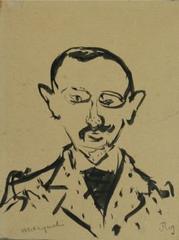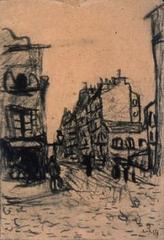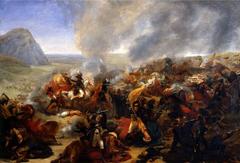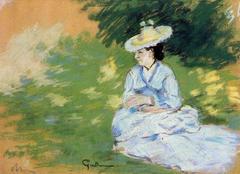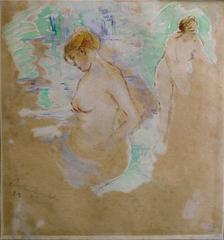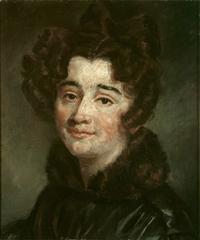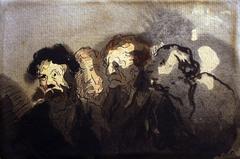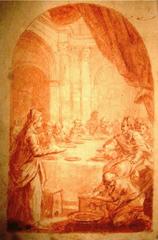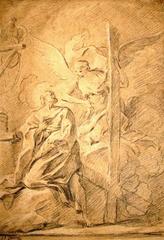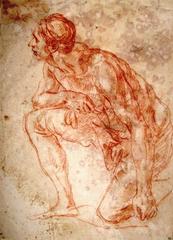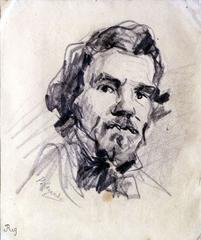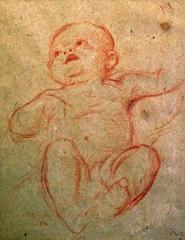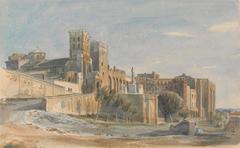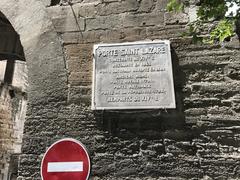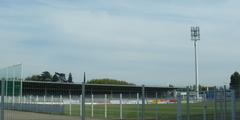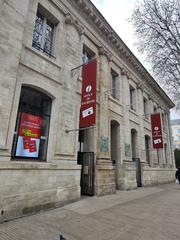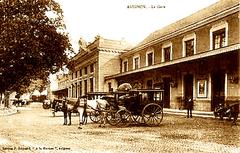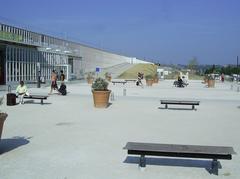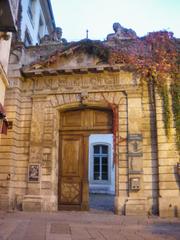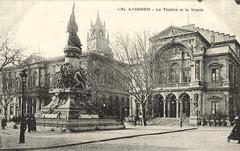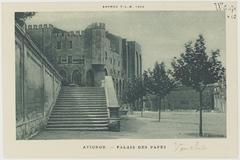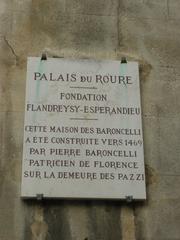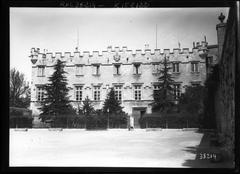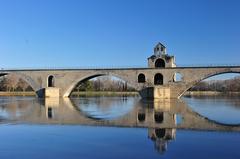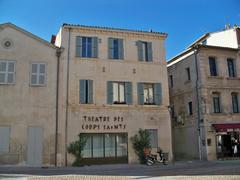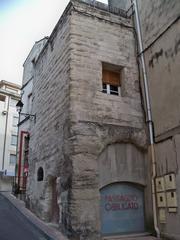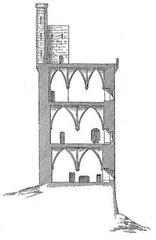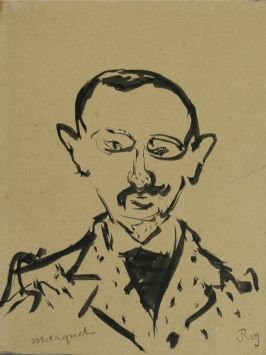
Calvet Museum Avignon: Visiting Hours, Tickets, and Historical Significance
Date: 14/06/2025
Introduction
The Calvet Museum (Musée Calvet), set in the heart of Avignon, France, is a cornerstone of the city’s cultural and historical landscape. Housed in the 18th-century Hôtel de Villeneuve-Martignan, the museum offers visitors a comprehensive journey through European and Provençal art, archaeology, and decorative arts, all within a building that is itself a historical monument. Founded in 1811 through the bequest of Esprit Calvet, a prominent local physician and collector, the museum has grown to become one of southern France’s most significant repositories of art and heritage.
This guide provides detailed information on the Calvet Museum’s historical background, collections, visiting hours, ticketing, accessibility, and practical tips—helping you plan a rewarding visit to this essential Avignon destination. For up-to-date information, consult the official Calvet Museum website and Avignon City Official.
Table of Contents
- Historical Background
- Visitor Information
- Collections and Highlights
- Cultural Impact and Community Role
- Frequently Asked Questions (FAQ)
- Plan Your Visit
- References
Historical Background
Origins and Development
The Calvet Museum owes its existence to Esprit Calvet (1728–1810), a physician and avid collector who left his vast assemblage of paintings, antiquities, manuscripts, and scientific specimens to the city of Avignon in 1810. Napoleon I authorized the city to accept this bequest in 1811, laying the foundation for the museum (Avignon City Official). Originally located in the Saint-Martial convent, the museum moved in 1835 to the Hôtel de Villeneuve-Martignan to accommodate its growing collections.
The Hôtel de Villeneuve-Martignan
Built in 1749 by architect Jean-Baptiste Franque for Jacques-Ignace de Villeneuve, this hôtel particulier is recognized for its neoclassical façade and intricate interiors (French Ministry of Culture). Declared a historic monument in 1963, the building provides an elegant and atmospheric setting for the museum’s extensive holdings.
Lapidary Museum and Expansion
To better display its archaeological and lapidary collections, the museum expanded in the 1980s to include the Lapidary Museum, located in the former Jesuit college chapel. This sister site focuses on ancient civilizations and complements the main museum’s fine arts and decorative collections.
Visitor Information
Opening Hours
-
Calvet Museum (Hôtel de Villeneuve-Martignan):
- Wednesday to Monday: 10:00 AM – 1:00 PM and 2:00 PM – 6:00 PM
- Closed on Tuesdays and select holidays
-
Lapidary Museum:
- Open the same hours as the main museum
Note: Hours may vary on holidays or for special events. Always verify on the official website.
Tickets and Admission
- Permanent Collections: Free entry for all visitors (marvellous-provence.com)
- Temporary Exhibitions: May require a ticket (typically €8 standard, €5 reduced for students/seniors, free for children under 18 and Avignon residents)
- Special Events: Fees may apply
- Online Booking: Not generally required for individuals, but recommended for groups or special exhibits
Accessibility and Facilities
- Physical Access: The museum provides ramps and elevators in many areas, but some historic sections may be less accessible. Contact the museum in advance for specific needs.
- Facilities: Restrooms are available; however, there is no on-site café or gift shop. Numerous cafés and shops are nearby in Avignon’s historic district.
- Family-Friendly: The calm atmosphere is suitable for families, with workshops and educational activities offered for children.
Guided Tours and Events
- Guided Tours: Available in French and English; booking recommended for groups.
- Audio Guides: Offered in multiple languages during special exhibitions.
- Workshops and Educational Programs: Regularly organized for schools and families (provence-alpes-cotedazur.com).
- Special Events: Includes European Heritage Days, Nuit des Musées, and frequent temporary exhibitions (European Heritage Days).
Travel Tips
- Getting There: Located at 65 Rue Joseph Vernet, near Avignon’s Place de l’Horloge and Palais des Papes. Walkable from the central train station and accessible by bus.
- Parking: Public lots nearby (spaces may be limited during peak times).
- Best Time to Visit: Afternoon hours often see fewer crowds; allow at least two hours for a full visit.
- Photography: Permitted for personal use without flash or tripod. Confirm current policy at entrance.
Collections and Highlights
Fine Arts: Paintings
- Old Masters & Avignon School: Works by Simon de Châlons, Joseph Vernet, Nicolas Mignard, and Pierre Mignard—spanning 16th to 18th centuries (marvellous-provence.com).
- French and European Masters: Paintings by Fragonard, Courbet, Pissarro, Rubens, Van Dyck, Salvator Rosa, and Jan Brueghel the Younger (Musée Calvet Collections).
- Modern Art: Includes works by Bonnard, Manet, Sisley, Vuillard, and Claudel.
- Noteworthy Piece: “The Meeting of Alexander with the Queen of the Amazons” by Pierre Mignard.
Sculpture and Decorative Arts
- Sculpture: Medieval, Renaissance, and modernist pieces, including Camille Claudel’s expressive works (marvellous-provence.com).
- Decorative Arts: Provençal furniture, ceramics, faience, textiles, and regional costumes. Ethnographic objects reflect local traditions (provence-alpes-cotedazur.com).
Archaeology and Ancient Civilizations
- Egyptian Antiquities: Sarcophagi, canopic jars, and funerary artifacts (thetravelfolk.com).
- Classical Holdings: Greek, Etruscan, Roman pottery, coins, and everyday objects. The most significant archaeological objects are displayed in the Lapidary Museum.
Manuscripts, Rare Books, and Numismatics
- Rare Books & Manuscripts: Esprit Calvet’s library, including rare manuscripts (displayed occasionally).
- Numismatics: Over 12,000 coins and medals; most are stored off-site (spottinghistory.com).
Temporary Exhibitions
- Varied Themes: Ranging from ancient Egypt to modern art and regional identity.
- Recent Highlights: “Sumptuous Egypt” and “Art et Mémoire en Provence.”
Provençal Heritage
- Local Art & Craft: Paintings, costumes, ceramics, and nativity figurines highlight the region’s artistic evolution and daily life (guidetoeurope.com).
Architectural Setting
- Hôtel de Villeneuve-Martignan: The building’s ornate interiors and period furnishings enhance the visitor experience (marvellous-provence.com).
- Gardens: Peaceful courtyards offer relaxation after your visit.
Cultural Impact and Community Role
Educational Initiatives
The museum is a vital educational resource, hosting workshops, lectures, and school visits. Its archives and library support scholarly research (Avignon Tourism).
Cultural Identity and Community Engagement
By celebrating Avignon’s Roman, medieval, and Renaissance heritage, the museum fosters local pride and identity. Community programs and free admission policies promote accessibility (Avignon Museums Free Entry).
National and International Collaborations
The Calvet Museum partners with major institutions, including the Louvre and Musée d’Orsay, for exhibitions and research, and contributes to heritage conservation and digitization projects (Musée d’Orsay Partnerships, French Ministry of Culture).
Frequently Asked Questions (FAQ)
Q: What are the Calvet Museum’s opening hours?
A: Wednesday to Monday, 10:00 AM–1:00 PM and 2:00 PM–6:00 PM; closed Tuesdays and select holidays.
Q: Is admission free?
A: Entry to permanent collections is free; temporary exhibitions may require a ticket.
Q: Are guided tours available?
A: Yes, in French and English. Advance booking recommended for groups.
Q: Is the museum accessible for visitors with disabilities?
A: The museum offers ramps and elevators, but some historic areas may be less accessible. Contact in advance for details.
Q: Can I take photos?
A: Photography for personal use is permitted (no flash or tripod).
Q: Where is the museum located?
A: 65 Rue Joseph Vernet, Avignon, close to the Palais des Papes and Place de l’Horloge.
Plan Your Visit
- Check the official website for current hours, exhibition details, and accessibility updates.
- Combine your visit with other major attractions: Palais des Papes, Pont Saint-Bénézet, and the Lapidary Museum.
- Download the Audiala app for personalized travel guides and follow us for updates on Avignon’s cultural events.
References
- Calvet Museum Avignon: Visiting Hours, Tickets, and Historical Highlights, 2024
- Avignon City Official, 2024
- French Ministry of Culture, 2024
- Musée Calvet Collections, 2024
- Avignon Museums Free Entry, 2024
- Avignon Tourism, 2024
- European Heritage Days, 2024
- Avignon Museums, 2024
- INSEE Avignon, 2024
- Musée d’Orsay Partnerships, 2024
- Marvellous Provence, 2024
- Spotting History, 2024
- Provence-Alpes-Côte d’Azur Tourism, 2024
- The Travel Folk, 2024
- Guidetoeurope, 2024
- Avignon Tourism Statistics, 2024
By including the Calvet Museum in your Avignon itinerary, you will experience the city’s rich artistic, historical, and architectural heritage in an accessible and inspiring setting.
